What Is Asian Ginseng – Learn How To Grow Korean Ginseng Plants
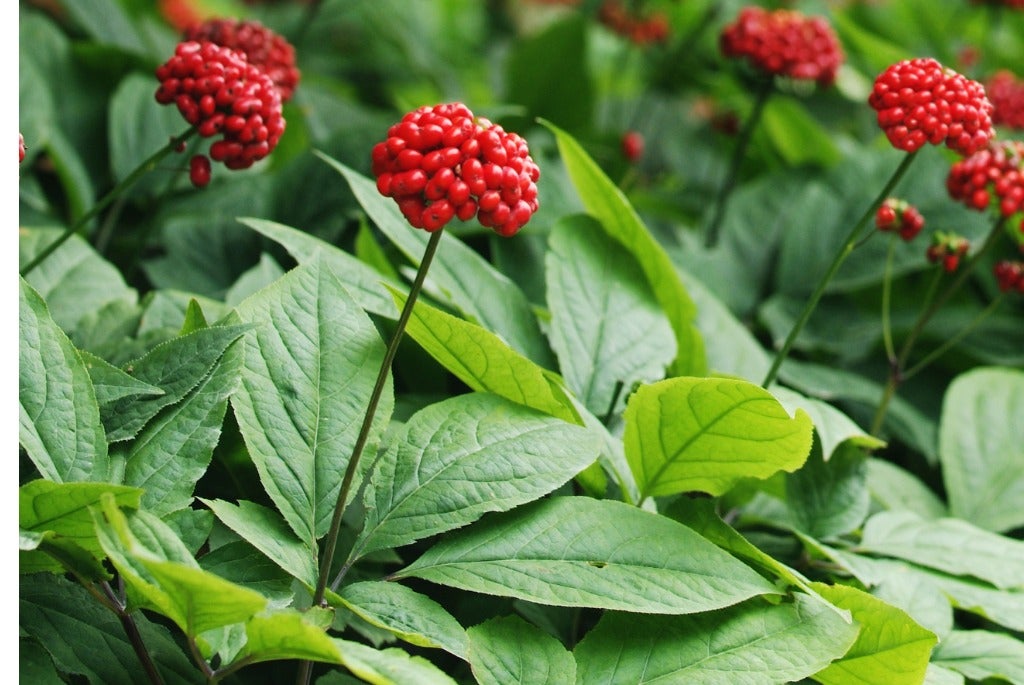
Ginseng is featured prominently in a number of energy drinks, tonics, and other health related products. This isn’t an accident, as ginseng has been used medicinally for thousands of years and is purported to aid a number of ailments. On many of these products, the type of ginseng is called Asian or Korean ginseng root. Have you ever thought about growing Korean ginseng yourself? The following Korean ginseng info discusses how to grow Korean ginseng root.
What is Asian Ginseng?
Ginseng has been used in Traditional Chinese Medicine (TCM) for thousands of years, and commercial cultivation of the precious root is a huge and lucrative industry. Ginseng is a perennial plant comprised of eleven or so species that grow in the cold regions of the Northern Hemisphere. Each species is defined by its native habitat. For instance, Asian ginseng root is found Korea, Japan, and northern China while American ginseng is found in North America.
Korean Ginseng Info
Asian, or Korean ginseng root (Panax ginseng) is the original sought after ginseng that has been used for centuries to treat a plethora of ailments and to maintain overall good health. The root became overharvested and more difficult to procure, so buyers looked towards American ginseng.
American ginseng was so lucrative in the 1700’s that it, too, was overharvested and soon became endangered. Today, wild ginseng that is harvested in the United States is under strict protective rules outlined by the Convention on International Trade in Endangered Species. These rules do not apply to cultivated ginseng, however, so growing your own Korean ginseng is possible.
TCM categorizes American ginseng as “hot” and Ginseng panax as “cold,” each with different medicinal uses and health benefits.
How to Grow Korean Ginseng
Panax ginseng is a slow growing plant that is harvested for its gnarled “man shaped” roots and sometimes its leaves. Roots must mature for six years or so before they can be harvested. It grows wild in the understory of forests. Similar conditions must be replicated when growing Korean ginseng on your own property.
Once you have acquired seeds, soak them in a disinfecting solution of 4 parts water to 1 part bleach. Discard any floaters and rinse the viable seeds with water. Place the ginseng seeds in a bag of fungicide, enough to shake around and coat the seeds with fungicide.
Gardening tips, videos, info and more delivered right to your inbox!
Sign up for the Gardening Know How newsletter today and receive a free copy of our e-book "How to Grow Delicious Tomatoes".
Prepare a site for the ginseng to grow. It prefers loamy, clay, or sandy soil with a pH of 5.5 to 6.0. Ginseng thrives in the understory of trees like walnut and poplar as well as cohosh, fern, and solomon’s seal, so if you have any of these plants, all the better.
Plant the seeds ½ inch (1 cm.) deep and 4 to 6 inches (10-15 cm.) apart in the fall, in rows that are 8 to 10 (20-25 cm.) inches apart and cover them with rotted leaves to retain moisture. Do not use oak leaves or plant near oak trees.
Keep the seeds just damp until the ginseng germinates, which can take up to 18 months. Add another layer of rotted leaves every few months which will provide the plants with nutrients as they break down.
Your ginseng will be ready to harvest in five to seven years. When harvesting, do so gently so you don’t damage the valuable roots. Lay the harvested roots out on a screened tray and dry them at temps between 70 to 90 degrees F. (21-32 C.) with a humidity of between 30 and 40%. The roots will be dry when they can be easily snapped in two, which will take several weeks.

Amy Grant has been gardening for 30 years and writing for 15. A professional chef and caterer, Amy's area of expertise is culinary gardening.
-
 Looking For Plants To Give You The Soft And Fuzzies? Try These 5 Fuzzy Leaf Plant Options
Looking For Plants To Give You The Soft And Fuzzies? Try These 5 Fuzzy Leaf Plant OptionsLovers of texture, drama, silver foliage and tactile plants will adore these special sensory garden additions. These fuzzy leaf plant options will leave you all aglow
By Susan Albert
-
 Get Ready For A Summer Of Hummers! Grow These Full Sun Hummingbird Plants and Flowers
Get Ready For A Summer Of Hummers! Grow These Full Sun Hummingbird Plants and FlowersIf you’re lucky enough to enjoy a sunny backyard, make sure you are maxing out on your pollinator opportunities and grow these full sun hummingbird plants and flowers
By Tonya Barnett
-
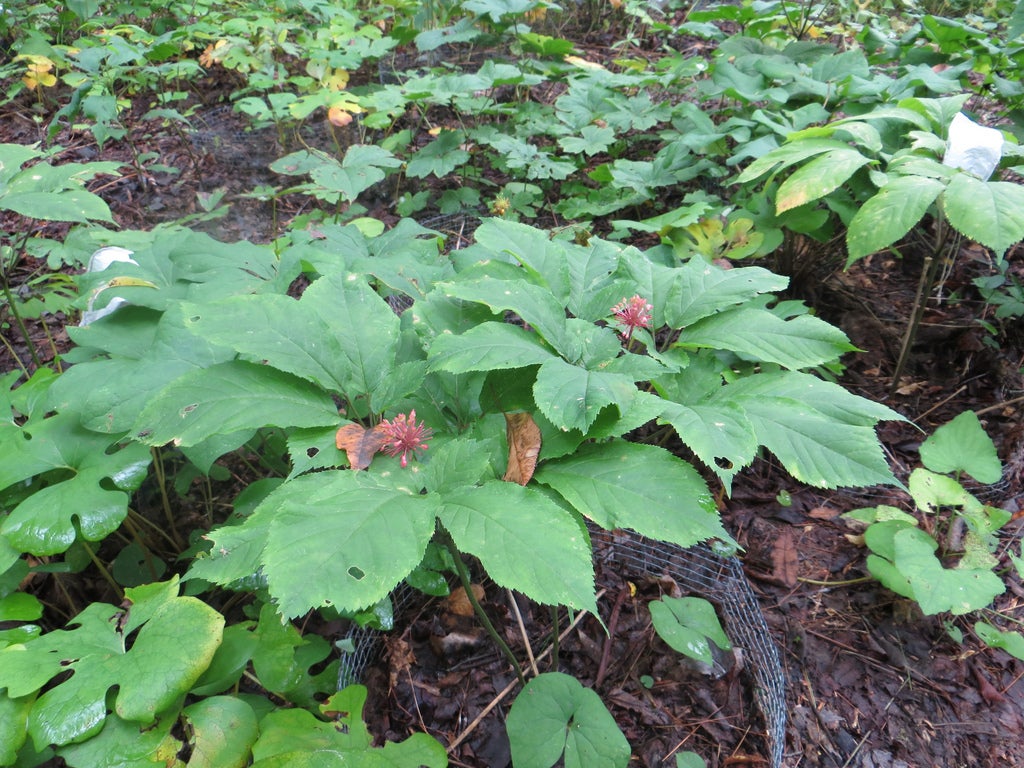 Ginseng Winter Care – What To Do With Ginseng Plants In Winter
Ginseng Winter Care – What To Do With Ginseng Plants In WinterMany people are able to produce adequate crops of ginseng root in a wide range of climatic conditions. With special consideration and the establishment of seasonal care routines, growers can maintain healthy ginseng plants for years to come. Learn about winter care here.
By Tonya Barnett
-
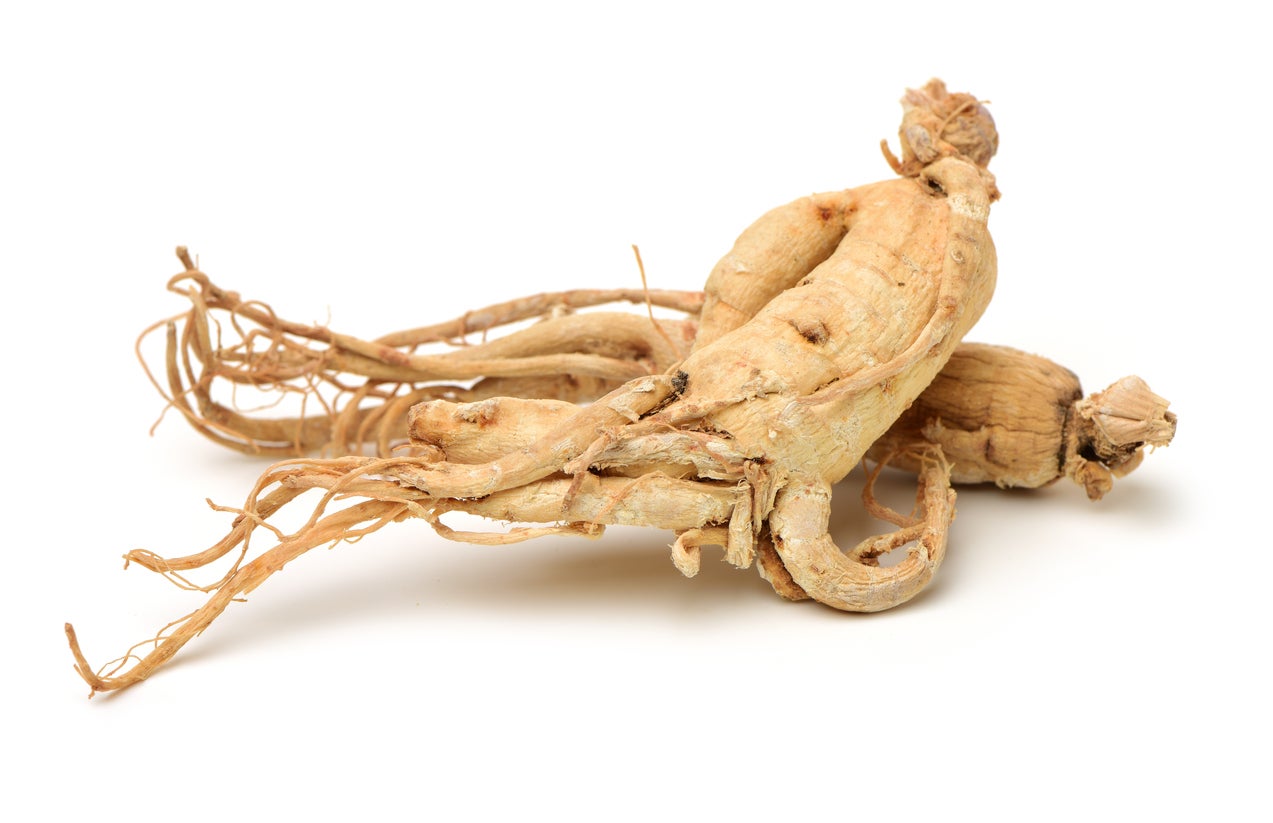 Wild Simulated Ginseng Plants: How To Grow Wild Simulated Ginseng
Wild Simulated Ginseng Plants: How To Grow Wild Simulated GinsengGinseng can command a significant price and may be an excellent opportunity for non-timber income on forest lands, which is where some enterprising growers plant ginseng. Click here to find out what wild simulated ginseng is and how to grow this plant yourself.
By Amy Grant
-
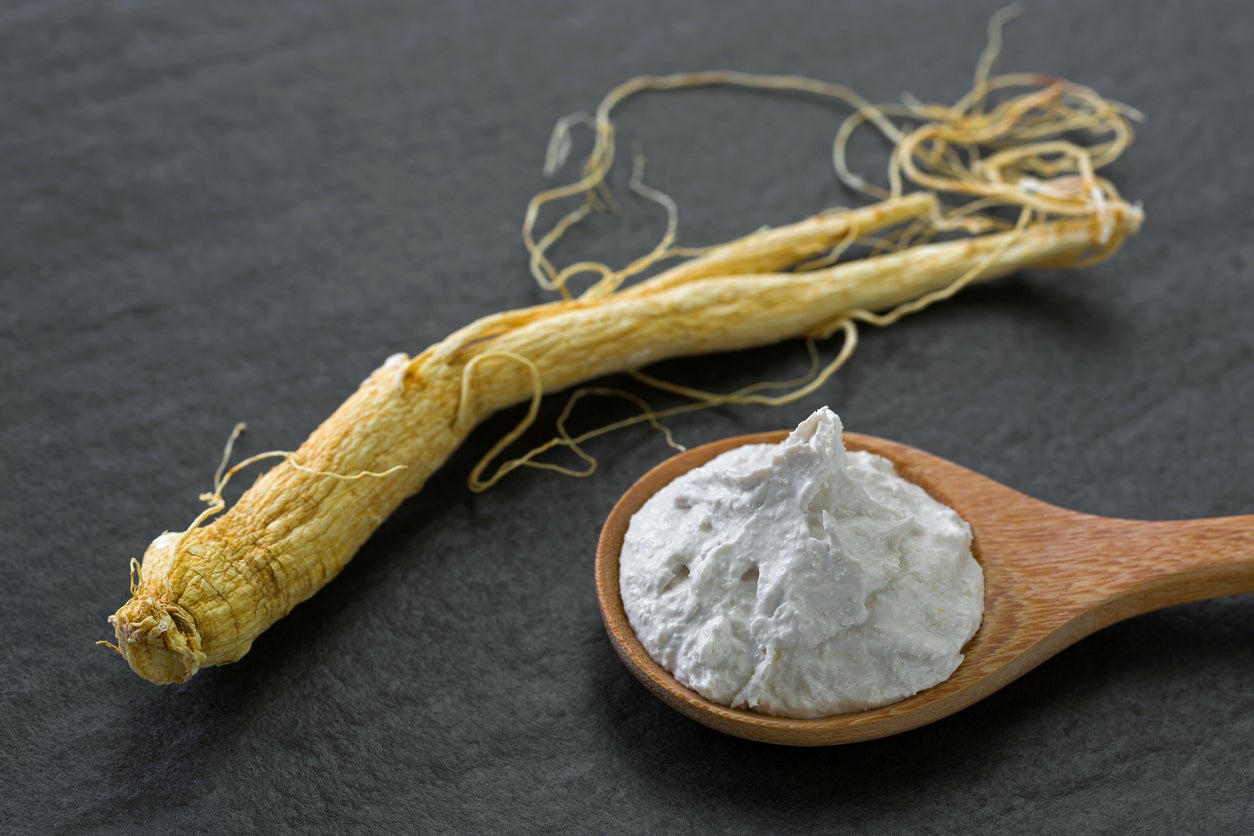 Medicinal Ginseng Remedies – Using Ginseng For Health Benefits
Medicinal Ginseng Remedies – Using Ginseng For Health BenefitsIn Asia, medicinal ginseng dates back several centuries. In North America, herbal ginseng use dates back to the early settlers, who used the plant to treat a number of conditions. Is ginseng good for you? What do medical experts say about using ginseng for health? Find out here.
By Mary H. Dyer
-
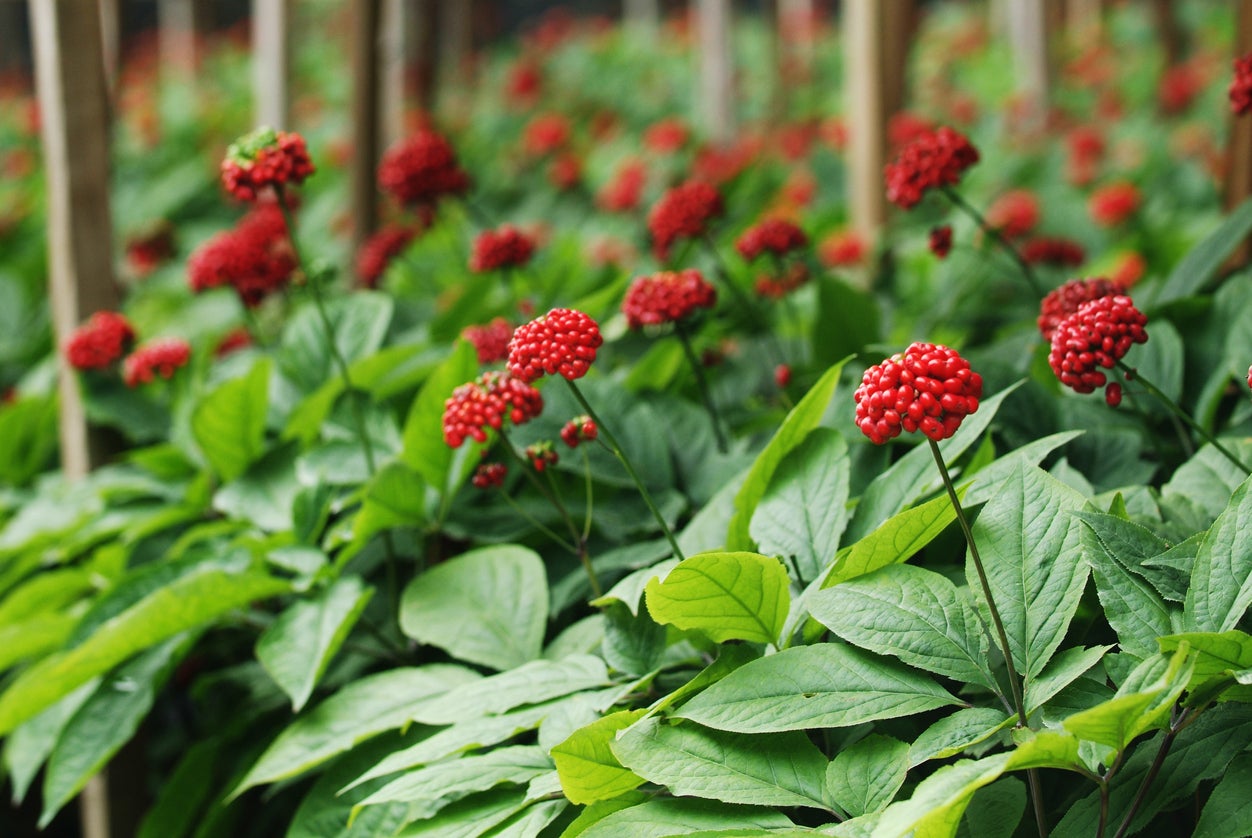 Ailing Ginseng Plants – Identifying Common Ginseng Problems
Ailing Ginseng Plants – Identifying Common Ginseng ProblemsGinseng is a great plant to grow because you can enjoy a lot of potential health benefits from using the medicinal root. Unfortunately, there are a lot of ginseng problems you may encounter in the garden, as this is not the easiest plant to grow. Learn more here.
By Mary Ellen Ellis
-
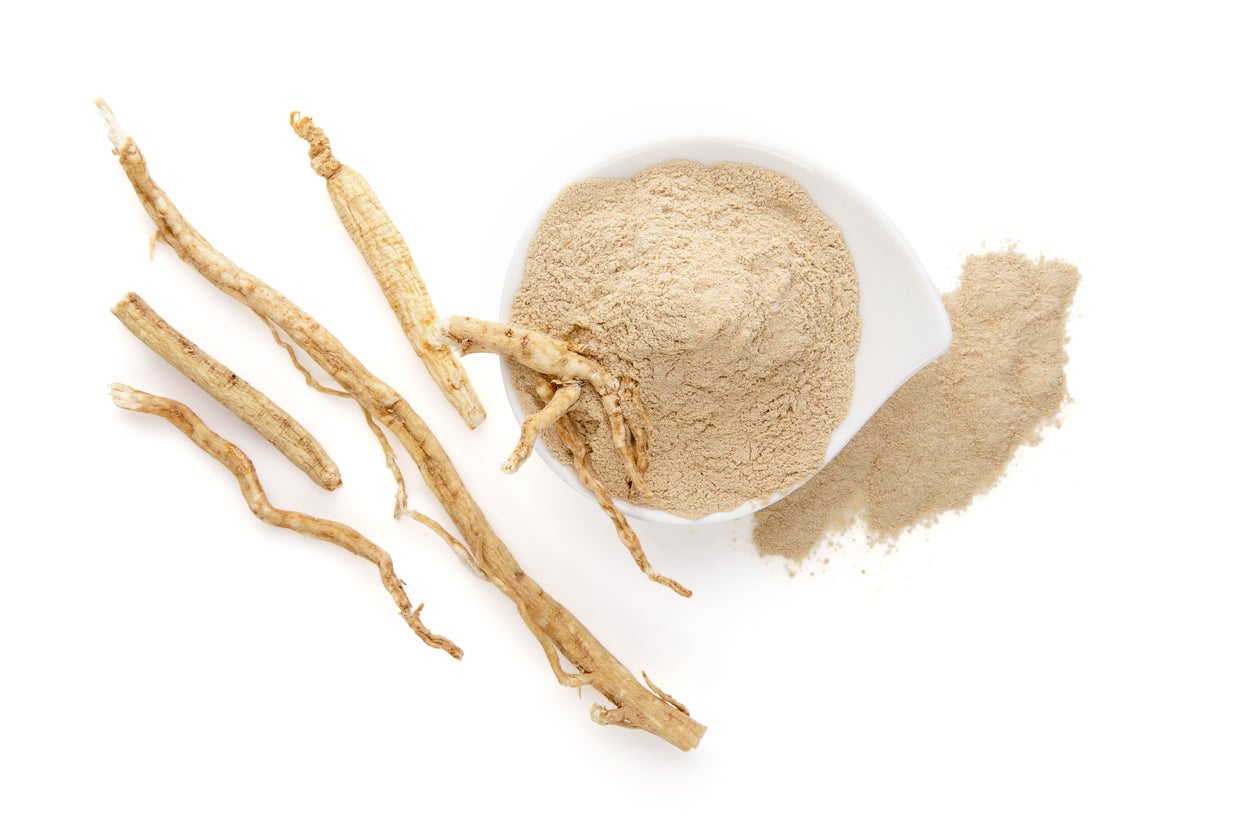 Dried Ginseng Root: Learn How To Store Ginseng Plants
Dried Ginseng Root: Learn How To Store Ginseng PlantsGrowing ginseng as an alternative crop is increasing in popularity, but it does take some commitment and it is necessary to learn how to dry ginseng root properly and store for later use. The information in this article can help with that.
By Amy Grant
-
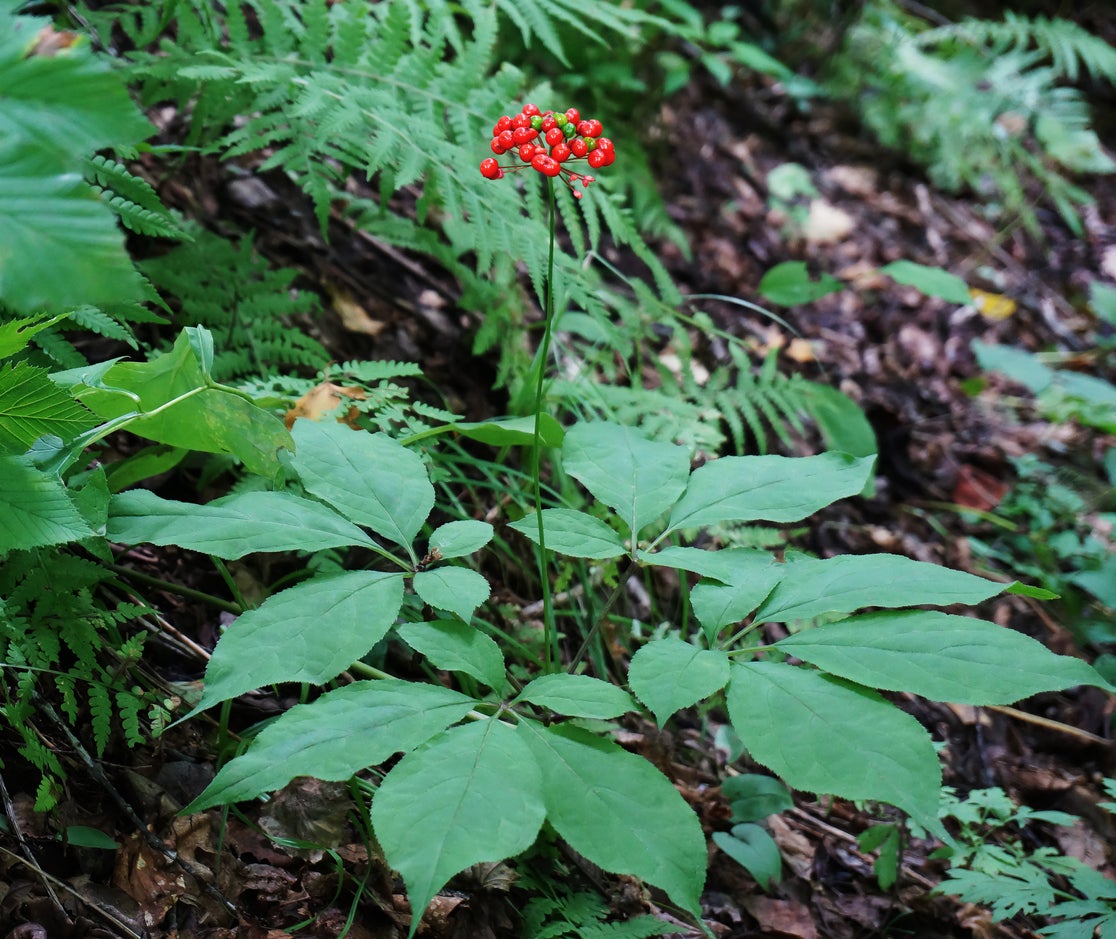 Potted Ginseng Care: Can You Grow Ginseng In Containers
Potted Ginseng Care: Can You Grow Ginseng In ContainersGinseng prefers to grow outdoors, either in beds or in pots. If you have questions about growing ginseng in containers, click here. We’ll give you information about potted ginseng including tips to help container-grown ginseng thrive.
By Teo Spengler
-
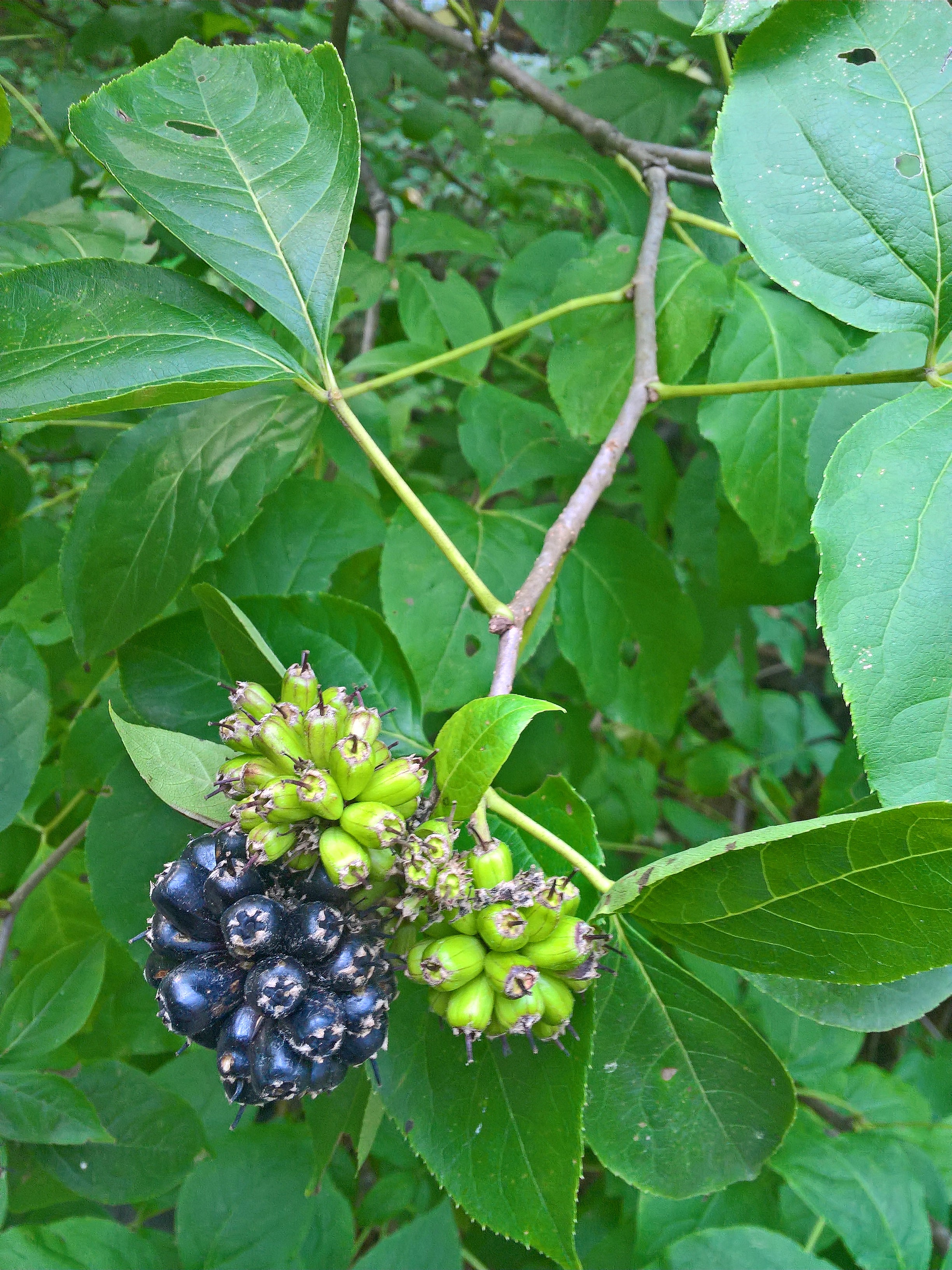 Varieties Of Ginseng For The Home Gardener
Varieties Of Ginseng For The Home GardenerThere are several types of ginseng on the market today, including a few varieties of “ginseng” that are similar in many ways, but aren’t actually a true ginseng. Click on the following article to learn more about different types of ginseng.
By Mary H. Dyer
-
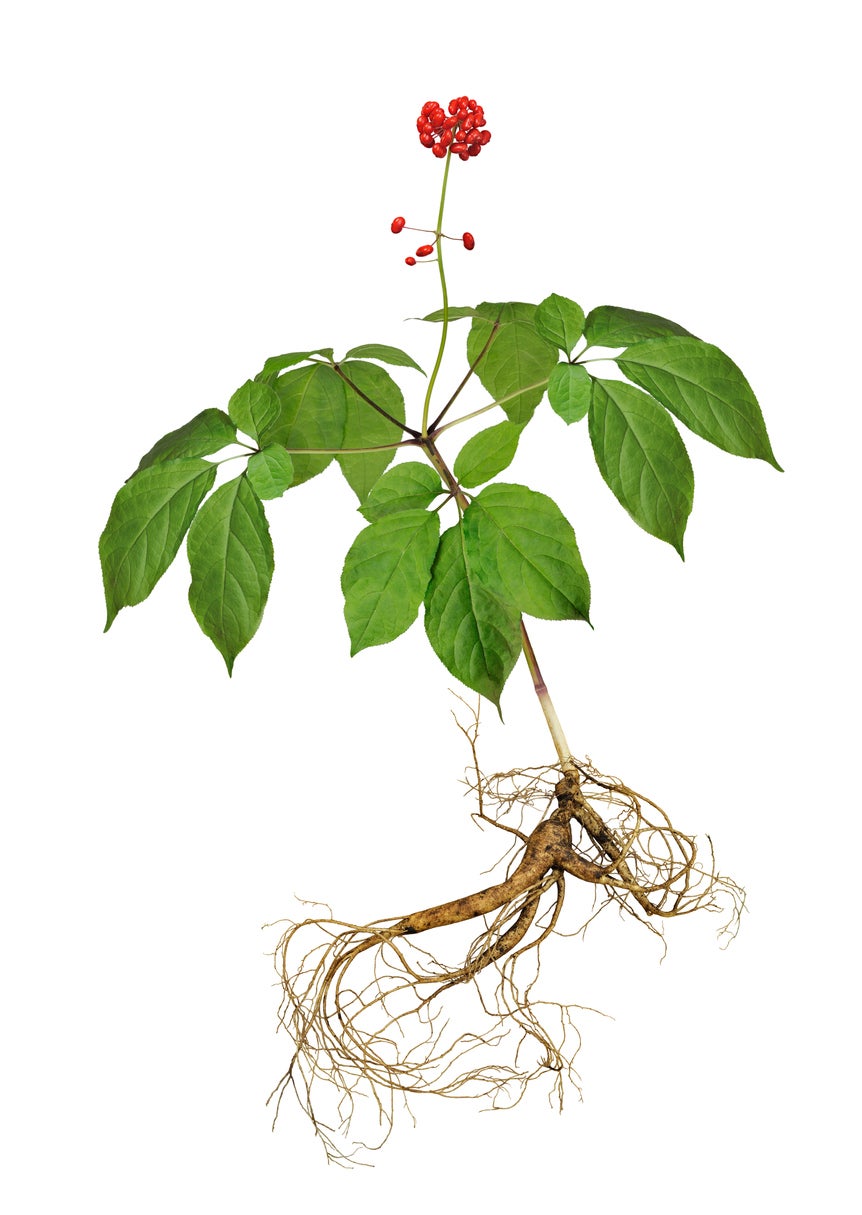 Is Ginseng Edible – Information On Edible Ginseng Plant Parts
Is Ginseng Edible – Information On Edible Ginseng Plant PartsGinseng medicinal uses date back many hundreds of years. The plant has been a valuable herb in the United States since the days of the early settlers, and today, is outsold only by ginkgo biloba. But is ginseng edible? Click the following article to learn more.
By Mary H. Dyer